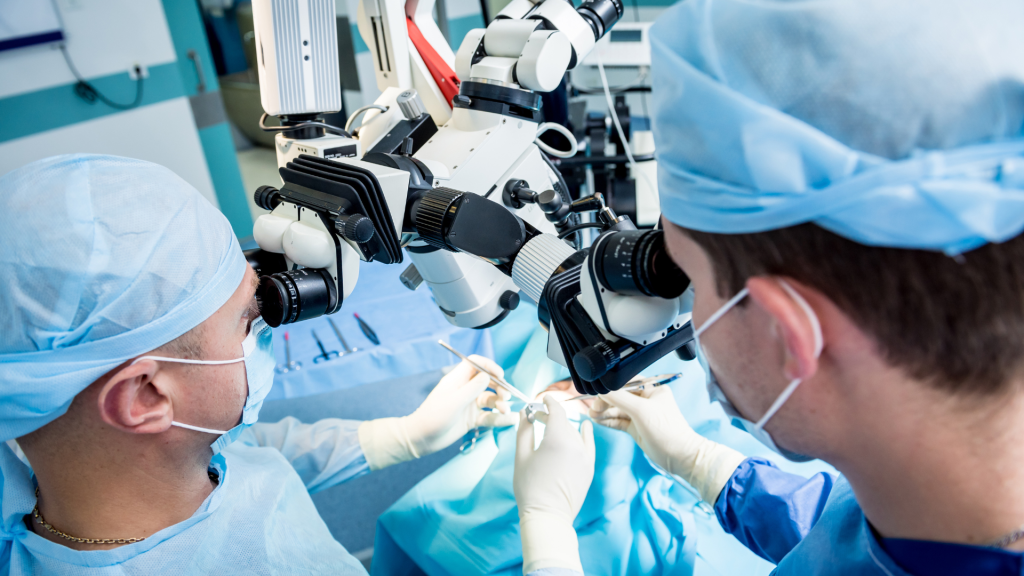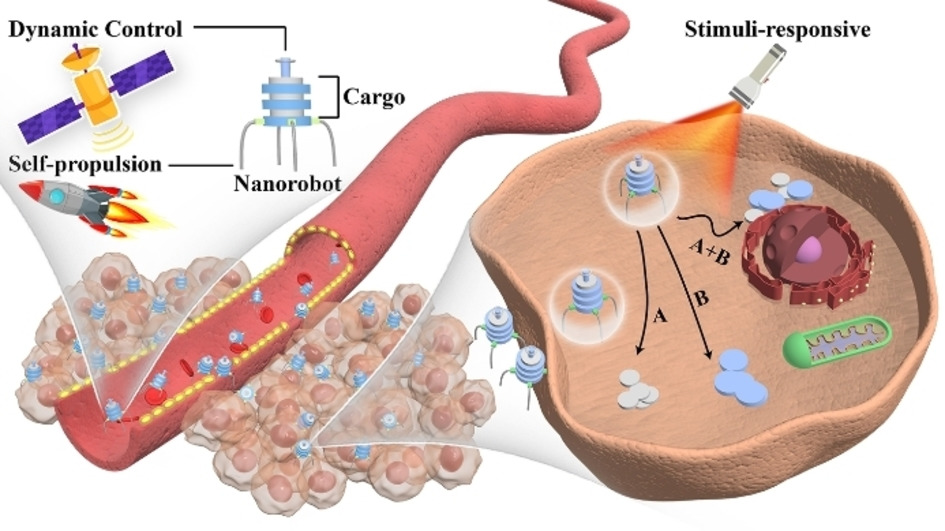Case Studies: Successful Applications in Neurosurgery

Objective:
To explore real-world case studies of successful applications of nanotechnology in neurosurgery and their potential to revolutionize the field.
Introduction to Case Studies:
Nanotechnology is already making an impact in neurosurgery, with numerous case studies highlighting its potential to improve surgical outcomes, reduce complications, and enhance the precision of procedures. This lesson will focus on real-world examples where nanotechnology has been successfully applied in neurosurgical practices, demonstrating the immense promise this technology holds for the future of medicine.
Key Case Studies in Neurosurgery:
- Brain Tumor Treatment with Nanoparticles:
- A promising case study involves the use of nanoparticles for targeted drug delivery in glioblastoma, a particularly aggressive form of brain cancer. By using nanoparticles designed to cross the blood-brain barrier, researchers were able to deliver chemotherapy drugs directly to the tumor site, significantly reducing tumor size while minimizing side effects.
- Example: Nanoparticles were functionalized with antibodies that specifically targeted cancer cells, ensuring the drugs were delivered only to the tumor and not to healthy tissue.
- Nanotechnology in Spinal Cord Injury Repair:
- In a landmark study, nanostructured scaffolds were implanted into the spinal cord of rats following injury. These scaffolds promoted nerve regeneration by encouraging the growth of new neurons across the injury site, restoring some functionality. This research has the potential to change how spinal cord injuries are treated in humans.
- Example: Nanostructured scaffolds made from biodegradable materials were implanted to facilitate the regeneration of spinal cord tissue, with positive results observed in terms of nerve growth and functional recovery.
- Nanoparticle-Based Imaging for Brain Surgery:
- A case study in brain tumor surgery demonstrated the use of nanoparticle-based contrast agents in MRI scans. These agents improved the resolution of the scans, allowing for more accurate delineation of the tumor from surrounding healthy tissue. This technique helped surgeons remove more of the tumor while preserving critical brain functions.
- Example: Superparamagnetic iron oxide nanoparticles were used to enhance MRI images, improving tumor visualization during surgery.

Read the full article here.
Real-World Example:
- Nanorobots for Targeted Tumor Removal:
- In a groundbreaking experiment, nanorobots were used to target and remove a brain tumor. These robots were able to navigate through the bloodstream, identify the tumor, and perform a non-invasive excision, offering a new avenue for minimally invasive neurosurgical procedures.

Read the full article here.
Case Study:
- Gene Delivery Using Nanotechnology for Parkinson’s Disease:
- In a clinical trial, nanoparticles were used to deliver genes that encode for dopamine production directly into the brain of Parkinson’s disease patients. This gene therapy approach helped restore dopamine production and reduce symptoms, marking a significant advancement in the treatment of neurodegenerative diseases.
Read More Here.